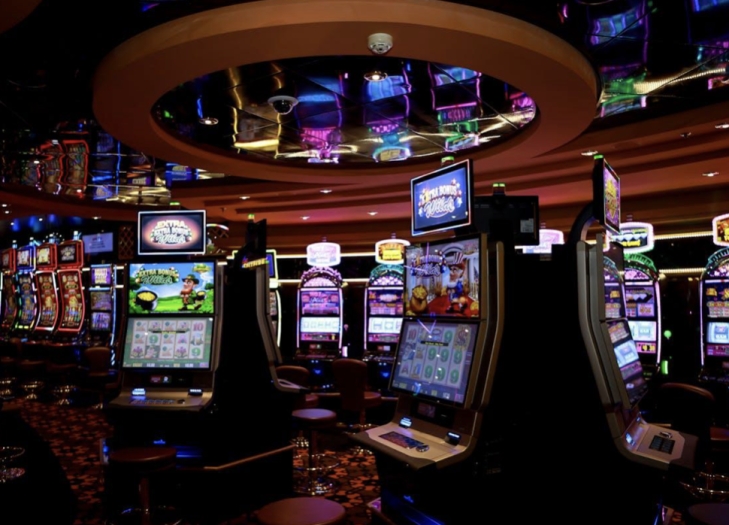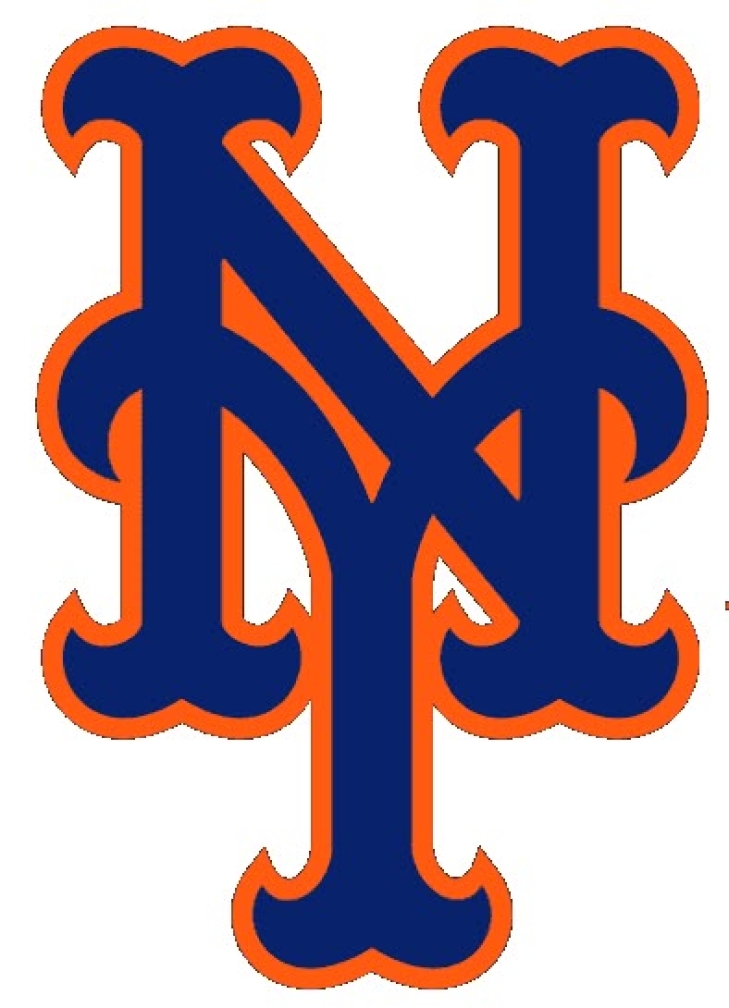
Committee Chairman
How Mobile Casinos Are Changing Online Gambling
Mobile casinos have revolutionised online gambling. Players now enjoy instant access to games, seamless experiences, and cutting-edge innovations. The shift from desktop to mobile has made gaming more convenient, immersive, and engaging. With advanced technology, mobile gambling is now a dominant force in the industry.
The Rise of Canadian Mobile Casino Apps and Platforms
Mobile-friendly casino apps have transformed the way people gamble. Companies invest in sleek, responsive designs that provide smooth gameplay. These apps offer quick deposits, fast withdrawals, and secure transactions. Mobile platforms now support high-definition graphics and real-time interactions.
Many casinos, including Win Spirit casino, also optimize browser-based platforms. HTML5 technology ensures games run smoothly without downloads. Cross-platform compatibility allows users to switch between devices effortlessly. This flexibility attracts more players, making mobile casinos the preferred choice.
Enhanced Features and Innovations in Mobile Gambling
New technologies enhance mobile gambling, making it more dynamic. Live dealer games bring a real casino atmosphere to mobile screens. Players interact with dealers and other participants in real time. AI-driven recommendations personalise gaming experiences. These systems analyse behaviour and suggest suitable games.
Touch-screen optimization improves gameplay with intuitive controls. Swipe, tap, and drag features make navigation easy. Augmented reality (AR) and virtual reality (VR) add immersive elements. Some platforms experiment with VR casinos for a lifelike experience.
Other advancements include:
- 5G Connectivity – Faster speeds, reduced lag, and smoother gameplay.
- Cryptocurrency Integration – Secure transactions with Bitcoin and Ethereum.
- Enhanced Security – Biometric logins and two-factor authentication.
The Impact of Mobile Gambling on Player Behavior
Mobile casinos influence player habits in significant ways. The convenience of smartphones increases playtime. Quick access encourages spontaneous gaming. Players engage in short gaming sessions throughout the day.
Live notifications and bonuses keep users engaged. Push notifications alert players about promotions and tournaments. Gamification elements, like leaderboards and challenges, boost retention. Social features allow users to compete and share achievements.
However, accessibility raises concerns about responsible gambling. Some platforms introduce time limits and spending caps. AI tools monitor behaviour and suggest breaks when needed.
Canadian mobile casinos redefine online gambling with accessibility, innovation, and user-friendly experiences. Cutting-edge technology keeps players engaged and entertained. With 5G, AI, and AR integration, the future of mobile gambling looks promising. This shift ensures that mobile casinos remain at the forefront of the industry.
How to Start Playing Slots
The slot gaming industry is predicted to grow by $5.05 billion by the end of 2028, at a compound annual growth rate of 14.17%. Since its inception, the slot market has experienced consistent growth, offering more entertaining features and mobile and desktop accessibility.
Thousands of players worldwide spin the reels daily. Game developers consistently produce unique titles with enticing bonuses and innovative designs to meet the growing market demands. Online gaming sites offer different jackpots and themes to attract and keep players engaged.
If you want to spin your first reel, follow this step-by-step guide to join an online casino and start playing.
Here’s the process of getting started with slot machine gaming:
1. Choose an Online Casino
Many casinos offer enticing bonuses on slots. However, it’s good to look beyond promotional offers. Generous bonuses are great, but consider the casino’s licensing body and regulations, security measures, and wagering requirements
Find out the game options available and try them beforehand on free demos to see your chances of winning. Consider contacting customer service to see how quickly they respond. Lastly, consider if the available payment methods suit your needs.
2. Create an Account
Navigate to the Register or Sign Up button at the top of the casino homepage. Click on it and fill out the registration form. The basic information any gaming site would ask for includes your full legal name, home address, phone number, email address, username and password.
3. Make a Deposit and Receive a Welcome Bonus
After creating your account, you must deposit money to start playing real money casino games. Most reputable casino sites offer several payment methods, including PayPal, Skrill, Neteller, American Express, and bank transfer. Once your deposit is processed, claim your welcome bonus by following the operator's instructions.
4. Pick the Right Slot to Play
Once your deposited fund is reflected in your gambling account, visit the slot section of the casino site and view the available slot titles. There are always many fun options to try. If you’re new start with the free demo games to understand how things work before playing for real money.
How to Start Playing Slots - Comprehensive Guide
Here’s the process of playing real money slots:
1. Pick your Preferred Slot Game
Launch your slot game on your mobile device or desktop computer. The game screen will display the symbols and reels. The adjusting bets button and other important game details, such as account balance are located at the bottom of the screen.
2. Check the Paytable
Take a moment to hit the info button and view the paytable and symbol values. They can easily be accessed via a pop-up menu that triggers each time the info button is touched.
3. Adjust Your Wager
You can adjust your wager in different ways depending on the slot. The commonly available option is the one that allows you to adjust your bet’s value. Other options will allow you to increase the number of paylines you’re betting on or the number of coins you bet per spin instead of just their value.
4. Place Your Bet and Spin the Reels
Once you’ve adjusted your payline and bet value according to your preferences, press the Spin Button. You can opt for the AutoSpin option for continuous play. However, it’s good to set a limit to avoid losing money and addictive behaviour.
5. Wait for the Game Outcome
After each spin, the game will automatically calculate your winnings. When you get a winning spin, it’ll be highlighted on the screen.
Best Slot Bonus Explained
Slot games have dedicated bonuses called free spins. These bonuses allow you to spin the reels a couple of times for free without spending money. Online casino sites often give new players free spins for their loyalty, so stick with one casino that you like and keep winning.
You can use your free spins to build your bankroll. Besides free spins, gaming operators offer other bonuses that can help increase your playing time. Ensure to explore and take advantage of them. A no-deposit bonus is one of the offers you shouldn't miss. It allows you to play for free without making an initial deposit.
Pros of Playing Online Casino Games
Online slots have plenty of strengths. Below are a few pros that you should know about before you start playing.
Pros
- They offer free spins which are rare to find in offline casinos
- They offer a download option on mobile devices which allows players to play on the go
- Players can enjoy many bonuses and promotions from different casino sites.
- They offer more varieties of games than brick-and-mortar casinos
Conclusion
Playing slot games is an amazing pastime with the chance to win real money. You must understand the basics, choose reputable casino sites, properly manage your bankroll, and game responsibly. The rule of thumb is to see it as entertainment and never gamble more than you can afford to lose.
The University of Tennessee names their 2025 Hall of Fame Class
Regular visitors of Notinhalloffame.com know that we are slowly working on the top 50 of every major team in the NHL, NBA, NFL, and MLB. Once that is done, we will examine how each team honors its past players, coaches, and executives. As such, it is important to us that the University of Tennessee’s Athletic Hall of Fame has announced eight new member who comprise the Class of 2025.
The inductees are:
Eric Berry, Football, 2007-09. Berry was the first and only two-time Unanimous All-American in Volunteers history, and was the 2009 Jim Thorpe Award winner. A three-time All-SEC Selection, Berry won the 2008 SEC Defensive Player of the Year and the 2008 & 2009 Jack Tatum Award winner. At Tennessee he recorded 14 Interceptions, and went on to have a very successful professional career with the Kansas City Chiefs.
Jenny Connolly, Women’s Swimming & Diving, 2009-12. Connolly compiled 14 SEC Medals and 5 NCAA Medals and is one of the most successful backstroke and butterfly swimmers in Tennessee history.
A.W. Davis, Men’s Basketball, 1962-65. Davis was a two-time All-SEC Selection, and would later serve Tennessee as a Coach and then an Analyst.
Mike Masters, Men’s Swimming & Diving, 1985-88. Masters was a 12-time All-American, two-time SEC Champions and won the Bronze in the 1987 100m Freestyle.
Lauryn McCalley, Women’s Swimming & Diving, 2001-05. McCauley won the 2005 NCAA Woman of the Year and was a five-time All-American diver.
Lindsay Schutzler, Softball, 2004-07. A three-time All-American, Schutzler hold the school record for Hits (362), Triples (20), At-Bats (946) and Games Played (296). She led the Lady Vols to their first Women’s College World Series appearance.
Mike Sposa, Men’s Golf, 1988-91. A two-time All-SEC Selection, Sposa was the third Volunteer to win the individual SEC Title.
Tony White, Men’s Basketball, 1983-87. White is the only player in Volunteer history to lead the team in scoring and holds the single-game record for points (51) in school history.
The event will take place on April 11-12 this year.
We here at Notinhalloffame.com would like to congratulate the impending members of the University of Tennessee Athletic Hall of Fame.
Our All Time Top 50 New York Mets have been revised to reflect the 2024 Season.
Yes, we know that this is taking a while!
As many of you know, we at Notinhalloffame.com are slowly generating the top 50 of each major North American sports team. That being said, we have existing Top 50 lists and consistently look to update them when necessary and based on necessity. As such, we are delighted to present our post-2024 revision of our top 50 New York Mets
As for all of our top 50 players in baseball, we look at the following:
1. Advanced Statistics.
2. Traditional statistics and how they finished in the National League.
3. Playoff accomplishments.
4. Their overall impact on the team and other intangibles that are not reflected in a stat sheet.
Please note that our algorithm has changed, which yielded minor changes throughout the baseball lists.
Last year, the Mets lived up to their potential, going all the way to the National League Championship series before falling to the Los Angeles Dodgers. The season saw three changes, but no new entrants from last year’s roster, although one player returned based on the new algorithm.
As always, we present our top five, which saw no changes.
1. Tom Seaver
3. Jacob deGrom
4. David Wright
You can find the entire list here.
Surprisingly, First Baseman Pete Alonso held at #17.
Leftfielder Brandon Nimmo advanced to #19 from #24.
Second Baseman Jeff McNeil held at #22.
Shortstop Francisco Lindor rocketed from #48 to #24, an impressive jump for the MVP runner-up.
Under the new algorithm, Outfielder Juan Lagares returns to the list. He is ranked #49.
We thank you for your continued support of our lists on Notinhalloffame.com.





